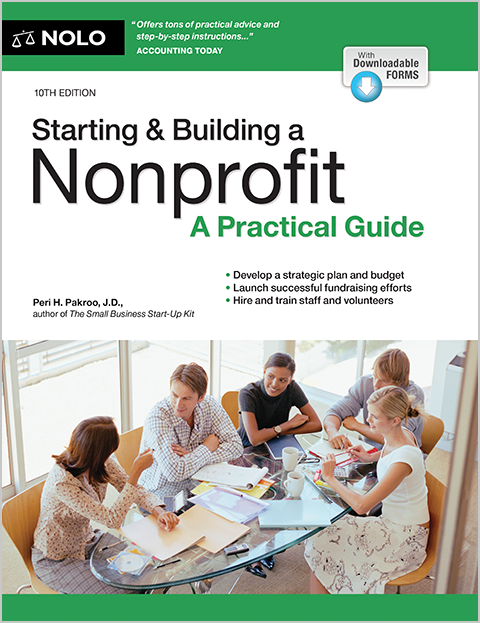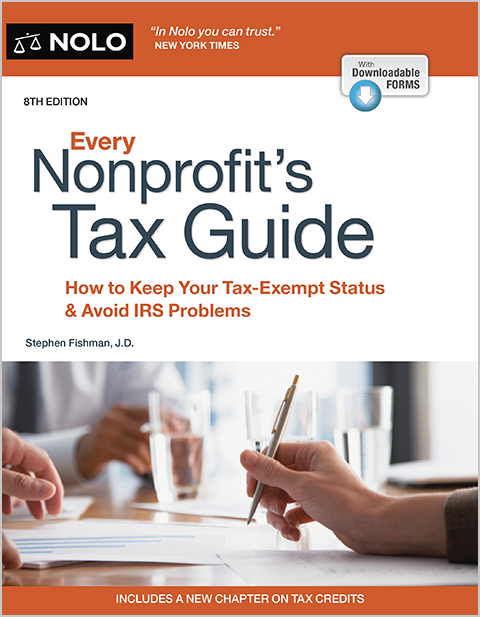Foundation funders usually ask for the types of information listed here, either in narrative form or as quick lists or fill-ins.
A grant proposal for a charitable or nonprofit organization might remind you of a college application, with questions that require you to write mini-essays. Fortunately, as you gain experience, you'll see that most funders ask for the same or similar information, allowing you to reuse responses. Some funders even use a so-called "common grant application," the format of which might have been developed on a statewide or local basis.
In any case, you'll find that funders of nonprofits usually ask for the types of information listed below, either in narrative form or as quick lists or fill-ins. (You will likely also be asked to supply document showing things like your IRS grant of 501(c)(3) status, resumes of high-level staff participants, and your organizational chart, but this article will focus on the narrative bits.)
Title Page and Table of Contents
The title page normally lists basic information like the project's title and your organization's contact information. Give your project a name that's short and catchy but still descriptive. The table of contents simply lists the various headings and corresponding page numbers.
Executive Summary
The executive summary should outline all the key segments of your proposal, including background about your organization, a clear statement of the good work you hope to do with the money, and the proposed change(s) you seek to bring about. The summary shouldn't be more than two paragraphs long. (Write it first or write it last? Different fundraising professionals differ as to what works best.)
Background and Qualifications
Here's where you show that your organization is the best one for the job. You might want to point to its mission, history, major programs, reputation, receipt of awards, and unique strengths. If your organization has been around for a long time, emphasize its experience and durability. If your group is relatively new, describe how innovative, exciting, and responsive to current needs it is.
Also name the key players in your organization (both staff and board members) and describe their qualifications, interests, and experience. Even your physical facilities might be worth mentioning and describing.
This can also be a good place to indicate where your organization fits in relation to the "competition"—that is, other organizations doing similar work. Instead of presenting your competition as groups to be elbowed out, portray them as worthy groups that occupy a different niche—or better yet, that you're collaborating with.
Statement of Community Need
Although the community need might seem obvious to you, it probably won't be to a foundation officer inundated by other "crucially needed" funding proposals. In short, you'll want to describe exactly what the need is—and what the consequences are of not acting promptly to meet it. Focus in this section on establishing your organization's professionalism and the high stakes.
Statistics, study results, other information from neutral and reliable sources, and your own organization's surveys should be marshaled and presented to support your assertion of need. Depending on the funder's guidelines, you could decide to add charts or graphs within the text or as attachments at the end.
If no numerical or statistical information is available, go with more anecdotal material—but make a note to ask your program leadership to put more effort into finding ways to quantify the need for your services, for use in future grant proposals.
Project Goals or Purposes
The purpose or goal of your nonprofit's proposed project should be presented broadly and optimistically. To do so, answer this question: If all goes well, what will our organization have achieved? For example, "reduce teen drug addiction" is a goal or purpose; "provide counseling" is not. Don't get too lofty, however. While working to save Riverfront County's historical buildings is a measurable and realizable goal, "saving the world" is neither. Make sure your goals are consistent with your mission statement.
Objectives
In this section, tell the funder what you plan to use its grant money to accomplish. Objectives should be tangible and should include numerical targets and other indicators of success. An example might be "to provide job training and counseling that helps 40 developmentally disabled youth to develop and market their skills."
Don't promise what you can't deliver. Ask your program staff to carefully review the objectives section to make sure you have set realistic targets that will also satisfy the funder.
Action Plan or Methods and Timetable
The action plan (also called the "methods" section) is where you get to bring your organization's work to life. Explain which activities your organization has chosen and why, as well as when it plans to meet its goals and objectives. Don't forget to bring up behind-the-scenes aspects of the work, like staff training or client selection.
If you aren't asked to include a project timeline elsewhere, include it here. For the "why" of your activity, explain why you chose your approach over other alternatives. Make your plan sound effective without making it sound easy.
Demographic Information
Many funders are interested in making sure that they are funding projects that take diversity, equity, and inclusion seriously. You might be asked detailed questions about what populations your project will serve, for example based on race, ethnicity, sharing sexual orientation or identity, and disability. Gathering such information can require sensitivity and advance planning.
Outcome Evaluation Methods
Here you'll want to explain how you'll evaluate the results of your project. Coming up with an effective system of project evaluation and outcome reporting will require input from program staff.
One approach is to keep the focus on what the project accomplished, reporting on numbers of people served or tasks accomplished. Another is to focus more subjectively, by trying to answer the question, "How did we do?" This could involve as simple a method as passing out evaluation forms to your clients, trainees, or activity participants. Feel free, as appropriate, to mix and match numerical and judgment-based evaluation methods.
Budget and Budget Narrative
The person reading your proposal will likely turn to this section first. Never mind all your fancy explanations; many readers think raw numbers tell the real story. Though you'll probably be asking for a nice round number, you'll have to show how you arrived at that figure and how the money will be spent. Follow the funder's budget format if one is provided.
If the funder won't be the project's only source of funds, list other prospective or actual grantors, as well as in-kind donations, such as volunteer time. Foundations always like it when their funds are leveraged, especially if your individual donors will cover administrative expenses so that all foundation money can go directly to programs.
Many funders will ask not only for columns of numbers, but for a narrative explanation as well. With the help of program staff, craft a brief narrative that brings your numbers to life for the funder.
Future Funding Sources
Funders want to ensure that they're not helping create a bubble project—one that will burst as soon as its funding ends without having achieved anything. Your best bet, given that you can't guarantee where this or next year's funding will come from, is to describe your organization's development or fundraising plan, if one exists. (If it doesn't, consider creating one.) You might also call attention to your development office's record of success.
If you can name particular funders that you believe are likely to fund the proposed project in the future, great. More likely, you'll simply want to describe the types of funding, whether from foundations, individuals, or others, that you'll be pursuing.



